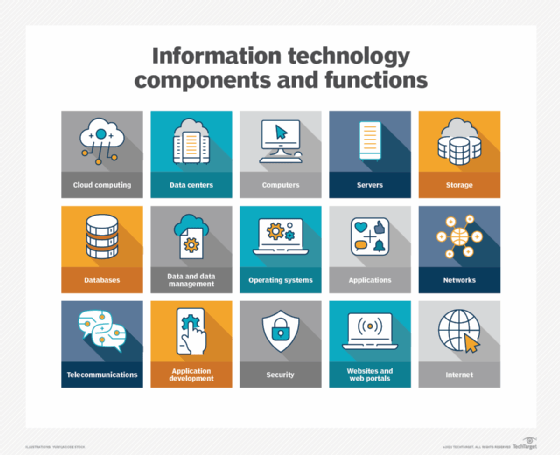deprecated
What is deprecated?
In information technology (IT), deprecation means that although something is available or allowed, it is not recommended or that -- in the case where something must be used -- to say it is deprecated means that its failings are recognized.
The term may be used with almost any element of IT, including software, hardware, methods, models and practices. The goal is to avoid deprecated approaches in favor of new, more effective ones.
More generally, outside of an IT context, deprecated means that something is acknowledged but discouraged.

What are some examples of deprecation?
The following are some examples of deprecation:
Computer programming
In computer programming, a deprecated language entity is one that is tolerated or supported but not recommended.
For example, a number of elements and attributes are deprecated in HTML 4.0, meaning that other means of accomplishing the task are preferred. Many deprecated features became obsolete in HTML5, although browsers that support the features may continue to support them.
In the Java programming language, a particular method may be deprecated for a given class of objects.
Security through obscurity
Even general approaches to something can be deprecated. Security through obscurity, for example, is an approach that relies on keeping coding and its potential vulnerabilities hidden so that flaws are less likely to be detected and exploited.
That model, and others such as security through minority and security through obsolescence, are deprecated in favor of security by design, which involves creating systems that are as secure as possible.
Software obsolescence
The concept of deprecated features also extends to software. In this case, it may refer to a program or application that is no longer supported or maintained by its developer.
At some point, all software becomes deprecated as new versions are released and older ones are no longer supported. But in some cases, particular software may become deprecated ahead of its time as a result of changes in technology or user preferences.
For example, the Mozilla Firefox web browser deprecated its built-in RSS and Atom feed reader in 2016. The move was made in part because of the declining popularity of RSS and Atom feeds, as well as changes in how people consume content online.
While deprecated software is no longer supported, it may continue to work. In some cases, however, deprecated software may stop working entirely if, for example, it is incompatible with an updated operating system.
Best practices for deprecating features
When a feature is deprecated, it's important to understand why it is being deprecated and what the developers recommend as a replacement. This will help you determine whether you need to take action.
In some cases, deprecated features may continue to work without any problems. In other cases, deprecated features may stop working entirely or may cause other issues that make usage difficult.
For example, deprecated features in programming languages may cause compiler warnings or errors. Therefore, it's important to be aware of any deprecated features in the software you're using and to plan accordingly.
When deprecating a feature, it's also important to provide adequate documentation. This will help users understand why the related change is being made and how they can take action, if necessary.
Finally, it's important to keep deprecated features around for a reasonable amount of time and remove when it's clear that the functions are no longer needed. This gives users time to make the necessary changes and avoid any disruptions.
See also: Capex, amortization, information asset, TCO, ghost asset, chart of accounts, GAAP
